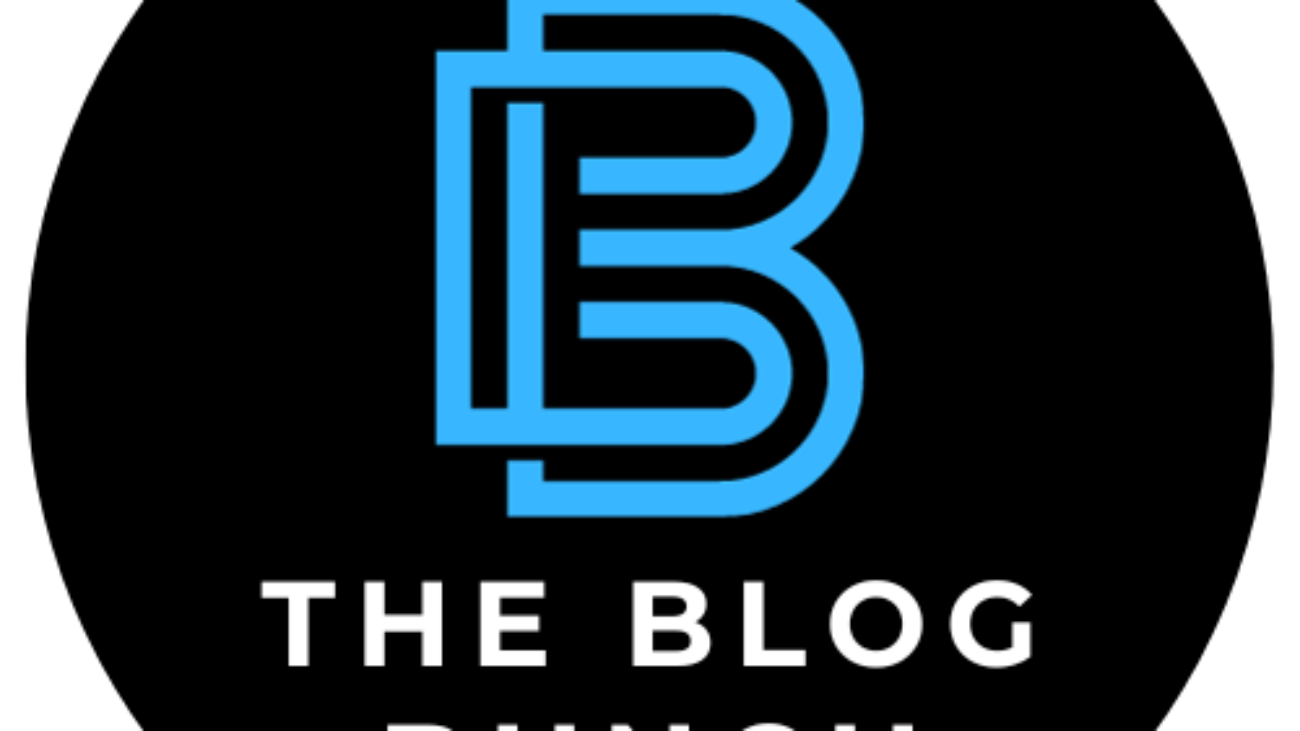Having a robust online presence is crucial for businesses aiming to thrive in competitive markets. Whether you’re a small start-up or a well-established corporation, the way you present yourself online can significantly impact your success. This blog delves into the pivotal role of professional blog writing in elevating your online presence and distinguishing your brand from competitors.
The Power of Professional Blog Writing
In essence, professional blog writing encompasses the art of crafting engaging, informative, and value-driven content tailored to your target audience. Unlike conventional writing, professional blog writing goes beyond mere wordsmithing; it’s about strategically creating content that resonates with your audience while aligning with your business objectives.
Professional blog writing is not just about churning out generic articles—it’s about creating compelling narratives that captivate readers and drive action. By tapping into the expertise of skilled writers, businesses can leverage the power of storytelling to connect with their audience on a deeper level.
Effective blog writing involves more than just stringing words together; it’s about understanding your audience’s pain points, desires, and aspirations. By conducting thorough research and analysis, professional writers can develop content that addresses the needs of your audience while positioning your brand as a trusted authority in your industry.
With professional blog writing, businesses can foster stronger relationships with their audience, enhance brand loyalty, and ultimately drive business growth. Whether it’s educating your audience about industry trends, sharing valuable insights, or showcasing your products and services, professional blog writing can be a game-changer for your online presence.
Tailored Content Solutions
One size does not fit all when it comes to content creation. Businesses operate in diverse industries, each with its own unique audience, challenges, and goals. That’s where tailored content solutions come into play. At the heart of professional blog writing is the ability to offer customized content solutions that precisely cater to the needs and objectives of businesses.
Professional writers bring a wealth of expertise and experience to the table, enabling them to understand the intricacies of your business and industry. By collaborating closely with clients, these writers can delve deep into the brand’s identity, voice, and goals, ensuring that every piece of content reflects the essence of the business.
Tailored content solutions go beyond generic blog posts; they encompass a range of content formats, including articles, case studies, whitepapers, and more. Whether you’re looking to educate, inspire, or persuade your audience, professional writers can craft content that resonates with your target demographic and drives meaningful engagement.
Moreover, professional writers have a keen understanding of audience psychology, enabling them to create content that speaks directly to the pain points, interests, and aspirations of your audience. By aligning content with the needs and preferences of your target market, businesses can forge deeper connections and foster brand loyalty.
In essence, tailored content solutions empower businesses to stand out in a crowded digital landscape by delivering content that is relevant, compelling, and impactful. By leveraging the expertise of professional writers, businesses can elevate their online presence, drive engagement, and ultimately achieve their marketing objectives.
Maximizing SEO and Visibility
In the vast expanse of the internet, visibility is key to success. Without proper optimization, even the most well-crafted content may go unnoticed amidst the sea of online noise. That’s where search engine optimization (SEO) comes into play.
Professional blog writing encompasses not only creating captivating content but also optimizing it for search engines to maximize visibility and reach. By integrating SEO best practices into blog writing, businesses can improve their online presence and attract a steady stream of organic traffic.
From conducting keyword research to optimizing meta tags and headings, professional writers understand the intricacies of SEO and how to leverage it effectively. Businesses can improve their search engine rankings and increase the likelihood that potential customers will find them by strategically incorporating relevant keywords and phrases into blog content.
Moreover, professional writers stay abreast of the latest SEO trends and algorithms, ensuring that content remains optimized for evolving search engine requirements. By staying ahead of the curve, businesses can maintain their competitive edge and continue to attract organic traffic over time.
In addition to keyword optimization, professional writers also focus on creating high-quality, valuable content that resonates with both search engines and human readers. By striking the right balance between SEO optimization and the user experience, businesses can create content that not only ranks well but also engages and converts visitors.
By maximizing SEO and visibility through professional blog writing, businesses can amplify their online presence, expand their reach, and drive sustainable growth in the digital realm.
Establishing Authority and Credibility
In the vast and ever-evolving digital landscape, establishing authority and credibility is paramount for businesses looking to stand out from the competition. One of the most effective ways to achieve this is through expertly written blog content.
Professional writers possess the skills and knowledge necessary to create insightful and valuable content that positions businesses as industry leaders. By offering unique perspectives, thought-provoking insights, and in-depth analysis, blog content can showcase the expertise and thought leadership of a business.
Moreover, by consistently delivering high-quality content that addresses the needs and interests of their audience, businesses can build trust and credibility over time. When consumers see a brand consistently providing valuable information and insights, they are more likely to view it as a reliable source of information in their industry.
Additionally, professional writers have a knack for storytelling, enabling them to craft compelling narratives that resonate with readers on an emotional level. By leveraging storytelling techniques, businesses can humanize their brand and create authentic connections with their audience, further enhancing their authority and credibility.
Ultimately, establishing authority and credibility through expertly written blog content is a powerful way for businesses to differentiate themselves in competitive markets. By consistently delivering valuable insights, thought leadership, and engaging storytelling, businesses can solidify their position as trusted industry experts and attract a loyal following of customers and advocates.
Consistency and Frequency
In the fast-paced world of digital marketing, consistency and frequency play a crucial role in maintaining audience engagement and driving results. Here’s why:
1. Importance of Consistency: Consistency is key to building trust and credibility with your audience. When you consistently deliver valuable content that meets the expectations of your audience, you establish yourself as a reliable source of information in your industry. Whether you choose to post weekly, bi-weekly, or monthly, maintaining a consistent posting schedule helps keep your audience informed and engaged.
2. Building Audience Expectations: When your audience knows when to expect new content from you, they are more likely to return to your blog regularly. By setting clear expectations for your posting schedule and sticking to it, you can effectively build anticipation and excitement around your content releases.
3. Maximizing Engagement: Regularly updating your blog with fresh content keeps your audience engaged and coming back for more. It’s an opportunity to spark conversations, share insights, and provide value to your readers. Consistent posting also increases the likelihood of your content being shared across social media platforms, further extending your reach and visibility.
4. Tips for Maintaining Consistency:
- Create a content calendar: Plan your blog topics and posting schedule in advance to stay organized and on track.
- Batch content creation: Set aside dedicated time to write multiple blog posts in one sitting, allowing you to maintain consistency even during busy periods.
- Use scheduling tools: Take advantage of scheduling tools to automate the publishing of your blog posts, ensuring they go live according to your predetermined schedule.
- Monitor performance: Regularly review analytics to assess the performance of your blog posts and adjust your strategy as needed to optimize results.
By prioritizing consistency and frequency in your blog posting efforts, you can foster stronger connections with your audience, increase brand visibility, and drive long-term success in your digital marketing endeavours.
Powerful Tool for Businesses
Professional blog writing has emerged as a powerful tool for businesses looking to elevate their online presence and stand out from the crowd. By investing in professional blog writing services, businesses can unlock a myriad of benefits, including:
- Enhanced brand visibility and credibility
- Increased website traffic and engagement
- Improved search engine rankings
- Strengthened relationships with target audiences
As we’ve explored throughout this blog, professional blog writing offers a host of advantages that can propel businesses towards their marketing goals. From crafting compelling content to optimizing for SEO and maintaining consistency, professional writers bring a wealth of expertise to the table, helping businesses achieve greater success in their online endeavors.
If you’re ready to take your online presence to the next level and reap the benefits of professional blog writing, we invite you to explore our range of services. Our team of experienced writers is dedicated to helping businesses like yours create impactful content that resonates with audiences and drives tangible results. Contact us today to learn more about how we can support your content marketing efforts and help you achieve your business objectives.










